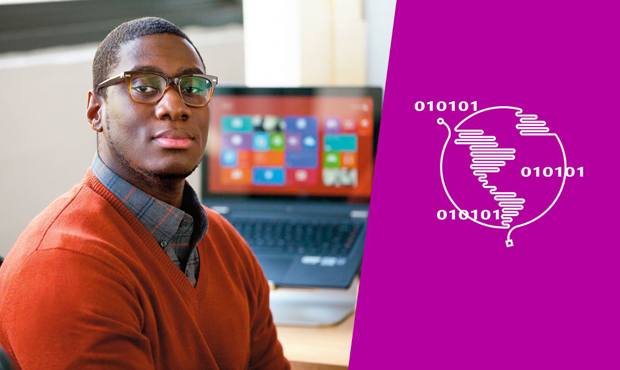About This Course
<학습 팁>
해당 강좌는 IoT 레퍼런스 아키텍처, IoT 솔루션, 컨넥티드 팩토리와 IoT, RFP와 요구사항에 대해서 설명합니다.
강좌를 수강 완료 시 IoT기반생산응용, IoT응용, IoT플랫폼 보안, IoT시스템설계, IoT시스템 기획론 등의 과목에 도움이 됩니다.
This course is part of the Microsoft Professional Program Certificate in IoT.
Is your business preparing to roll out an IoT solution to a production environment? Do you need to evaluate your solution architecture or submit final business docs before committing valuable resources? Have you completed a thorough evaluation of the security risks that your business might be facing? This course provides the expert guidance and hands-on experience that you need in order to prepare for a successful IoT solution roll-out.
The first module provides an overview of the IoT Reference Architecture, introducing Things, Insights and Actions. With a basic understanding of the architecture, students will examine the core and optional subsystems, cross-cutting concerns, principles and concepts of the Reference Architecture, and architecture of key subsystems.
In the second module, students will use the Remote Monitoring Solution Accelerator to explore the receipt and processing of remote device telemetry (the most common scenario for IoT) within the context of the Reference Architecture. Students will identify the areas of alignment and where the solution departs from the reference, as well as the tools used to deploy the solution. The student will then review some of the options for customizing the Remote Monitoring solution and complete some customization activities. Finally, the student will review additional accelerator solutions and learn when they may be applicable.
In module three, students are introduced to approaches that can be used to determine and document the business and system requirements that will drive key factors such as security, scalability, availability, and disaster recovery service level agreements. They will then apply the requirements, develop a candidate architecture, build a PoC, deliver a cost analysis, and evaluate against quality measures. To finish up the module, students will propose the IoT Hub Operations, Monitoring and Security Processes and Procedures to support the candidate architecture.
In the final module, students will take their defined business requirements and examine how to apply their understanding of IoT Architecture and the capabilities of Azure IoT to create a compelling proposal. They will learn the key attributes of the Azure Cloud and the Azure IoT architecture that should be emphasized, approaches for developing the cost of a proposal and other factors such as support. Students will also consider the steps necessary for moving from a Proof of Concept to a full rollout and how to support the solution.
Course Syllabus
This course is completely lab-based. There are no lectures or required reading sections. All of the learning content that you will need is embedded directly into the labs, right where and when you need it. Introductions to tools and technologies, references to additional content, video demonstrations, and code explanations are all built into the labs.
Some assessment questions will be presented during the labs. These questions will help you to prepare for the final assessment.
The course includes five modules, each of which contains two or more lab activities. The lab outline is provided below.
Module 1: Understanding the IoT Reference Architecture
- Lab 1: Architecture Overview
- Lab 2: Reference Architecture Subsystems and Security
- Lab 3: Pillars of Software Quality
- Lab 4: Implementing Redundancy
Module 2: Exploring Solutions
- Lab 1: Remote Monitoring Solution Accelerator
- Lab 2: Customize a Solution Accelerator
- Lab 3: Connected Factory and IoT
Module 3: Requirements and RFPs
- Lab 1: Understanding Requirements
- Lab 2: Understanding an RFP
- Lab 3: Responding to an RFP
Module 4: Proof of Value and Rollout
- Lab 1: Planning a PoV
- Lab 2: Rollout to Production
- Lab 3: Scaling to Needs
- Lab 4: Retiring Assets




